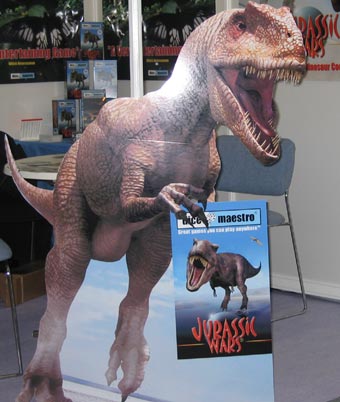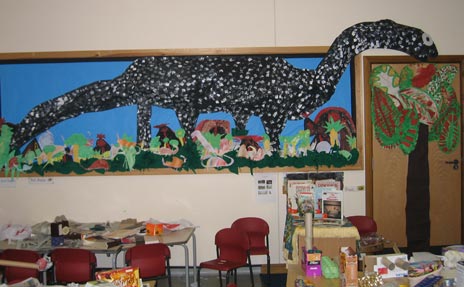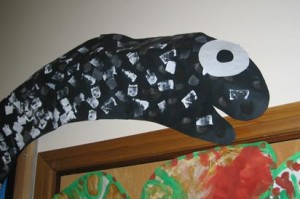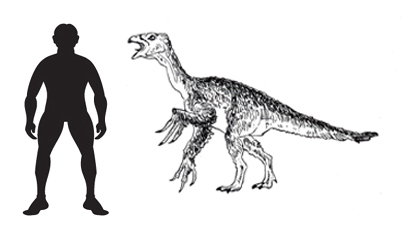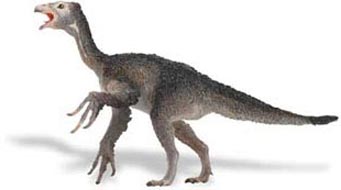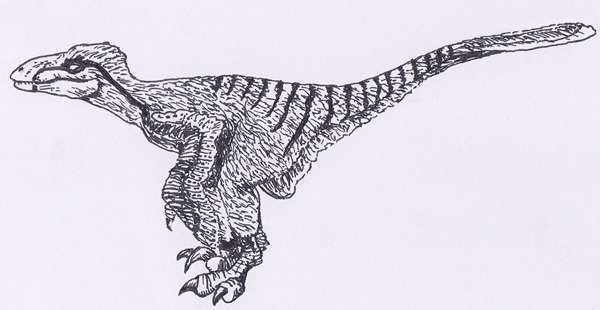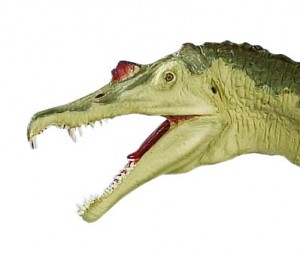Injured Turtle Heading for Newquay Aquarium
A male Loggerhead turtle, that had been blinded is leaving Greece for a new home at the Blue Reef Aquarium in Newquay, (Cornwall, England). This rare animal, the Loggerhead turtle is officially classified as “Endangered” by the International Union for the Conservation of Nature, was deliberately blinded, probably by a Greek fisherman wishing to protect his fishing nets, has been named Homer.
Loggerhead Turtle
Homer, thought to be aged about forty, was found floating off the Greek mainland, unable to feed or look after itself, three years ago. It is suspected that this turtle was blinded after a sharp hook was stuck into both of its eyes, it had also been wounded by a boat’s propeller. A number of turtles are attacked by fisherman in the Mediterranean each year, fearful that these large reptiles may damage their valuable fishing nets or compete with them by preying on the fish they are trying to catch.
Fortunately, a turtle rescue centre in Greece was able to take Homer in and over the next few years, this gentle animal was nursed back to health. Loggerhead turtles are so called as sailors who first encountered this marine animal thought the head was disproportionately large for the body. Reaching lengths of up to 1 metre long Loggerhead turtles are distributed worldwide, being found in both tropical and sub-tropic regions. There are two sub-species of Loggerheads, the first, is resident in the Indian and Pacific oceans, the second sub-species, Caretta caretta caretta is to be found in the Atlantic and Mediterranean.
Finding a Home for Homer
A permanent home for Homer was found at the Blue Reef Aquarium in Newquay, Cornwall. This particular aquarium already has had a number of Loggerheads in its collection, mainly the result of Loggerhead turtles being washed up on Cornish beaches. Turtles are rare sights in British coastal waters but a number of species including the largest extant, the Leatherback (Dermochelys coriacea), are sometimes sited off the coasts of Britain and Ireland in the Summer months. These ancient marine reptiles visit these coastal areas following the blooms of jellyfish, as jellyfish is a staple diet of such creatures.
Homer left Athens, travelling by British Airways in a specially constructed crate, touching down 1,500 miles later at Heathrow. He was then lovingly transported by car to his new home in Newquay, where he could live for another six decades or so.
Commenting on how Homer came to be blind, Pavlos Tsaros of the Greek turtle rescue centre stated, that some local fishermen deliberately blind turtles to protect their fishing nets, he said:
“Turtles can destroy fishing gear. It is a big cost so some fishermen do it [blind turtles] deliberately. It took a while to get him eating by himself and now he can smell the food and use his flippers to feed. He will be very happy to have a big tank and hopefully he will have a happy life.”
David Waines of the Blue Reef Aquarium said:
“It is great to be able to provide Homer with a long-term home after the ordeal he has been through. As he was unable to hunt or feed due to the severity of his injuries the decision was taken that he could not be released back into the wild.”
Loggerhead Turtle in Quarantine
Homer was flown into the UK in a heated container and is spending his first few days in quarantine. He will then be released into the aquarium’s 250,000-litre main ocean tank with fish and sharks. It may take him a while to get used to his habitat but with time he will adjust to his new existence and perhaps play a role in helping to inform and educate visitors about the plight of marine turtles in the world’s oceans.
Visit Everything Dinosaur’s website for models and replicas of extinct reptiles: Extinct Animal Models.





